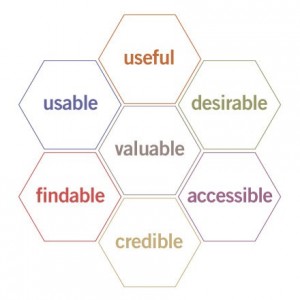We define User Experience (UX) as any interaction with a website from desktop, laptop or mobile device. User experience plays a pivotal role in the perception of your brand

Take a moment to think about websites you frequently visit….do you enjoy online shopping, are you a member of an organization, is your business web based? Let’s pretend you are the member of an organization, and each time you log in to your organization’s website you encounter errors or the dreaded 404- page not found message. This experience is bound to leave you with a poor impression of the organization of which you are a member; perhaps the poor user experience deters you from renewing your annual membership.
For any web based business of member based organization, the usability of your website is of paramount importance. Creating an exceptional user experience goes beyond thinking like the end user. System Solutions, Inc. has years of experience in understanding and analyzing user stories and delivering UX workflows that exceed the needs of your end user. Wireframes and workflows are created to visually outline the user experience. According to Peter Morville, Semantics Studios, an excellent user experience meets the following criteria:
- Useful. As practitioners, we can’t be content to paint within the lines drawn by managers. We must have the courage and creativity to ask whether our products and systems are useful, and to apply our knowledge of craft + medium to define innovative solutions that are more useful.
- Usable. Ease of use remains vital, and yet the interface-centered methods and perspectives of human-computer interaction do not address all dimensions of web design. In short, usability is necessary but not sufficient.
- Desirable. Our quest for efficiency must be tempered by an appreciation for the power and value of image, identity, brand, and other elements of emotional design.
- Findable. We must strive to design navigable web sites and locatable objects, so users can find what they need.
- Accessible. Just as our buildings have elevators and ramps, our web sites should be accessible to people with disabilities (more than 10% of the population). Today, it’s good business and the ethical thing to do. Eventually, it will become the law.
- Credible. Thanks to the Web Credibility Project, we’re beginning to understand the design elements that influence whether users trust and believe what we tell them.
- Valuable. Our sites must deliver value to our stakeholders. For non-profits, the user experience must advance the mission. With for-profits, it must contribute to the bottom line and improve customer satisfaction.
Source
http://semanticstudios.com/user_experience_design/





